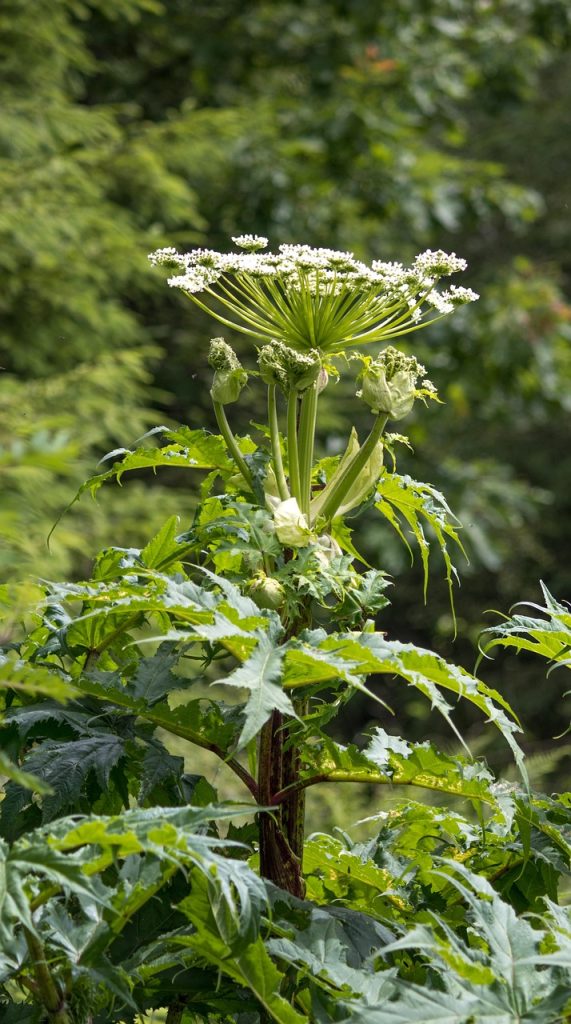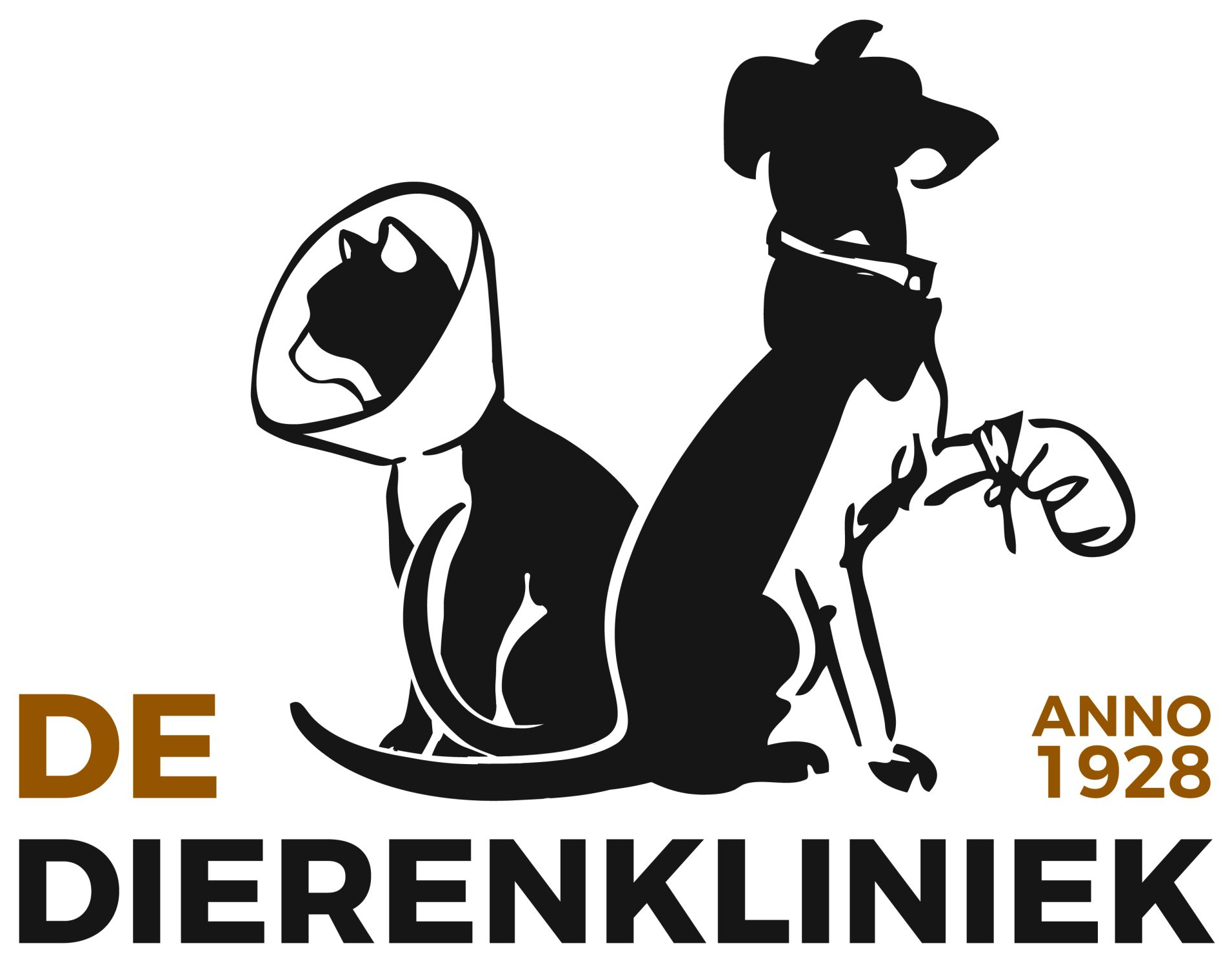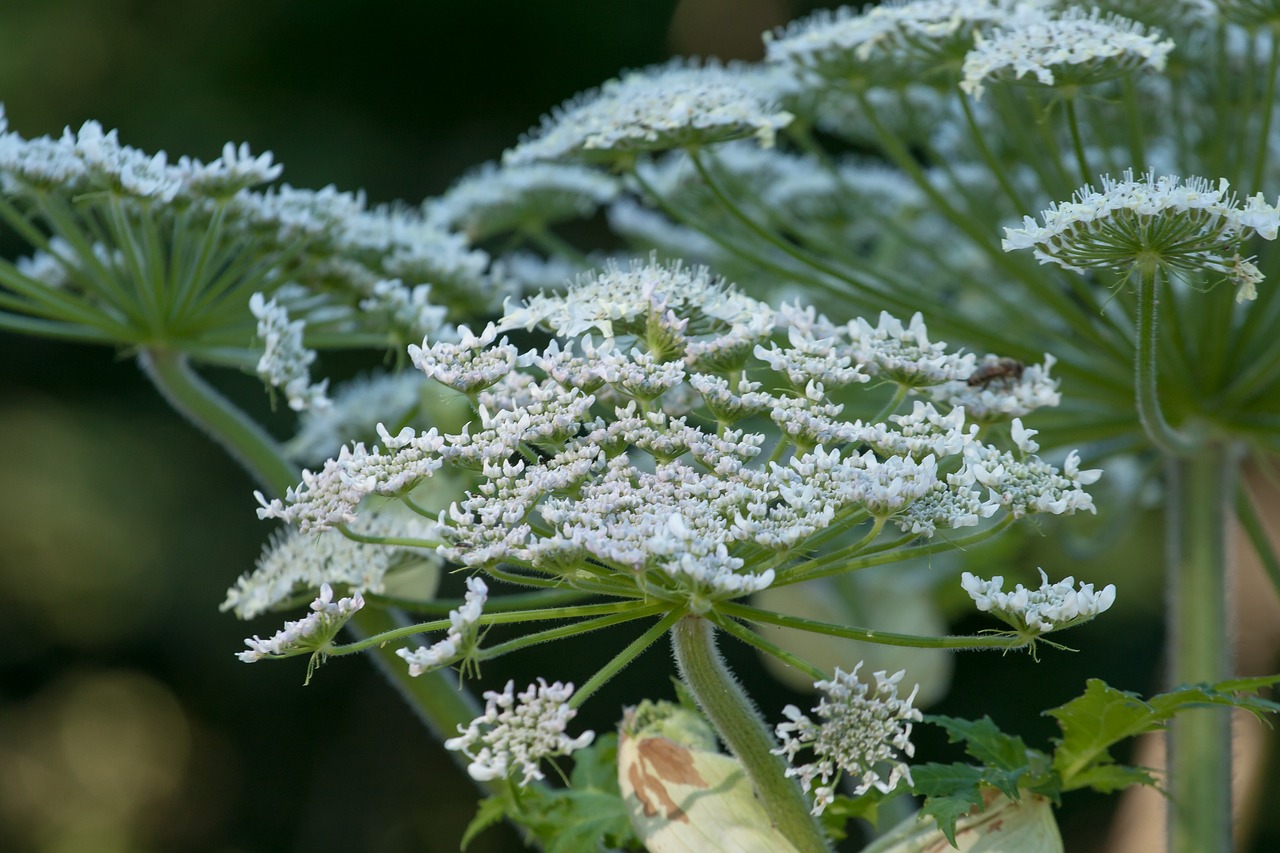Protect Your Dog from Hogweed
Hogweed is once again growing abundantly in the Netherlands. But did you know that this plant can cause serious inflammatory reactions in dogs? We’d like to explain why, what to watch out for, and how to protect your dog.
What is Hogweed?
Hogweed is a large plant with umbrella-shaped flowers. The most well-known variety is the giant hogweed (Heracleum mantegazzianum), notable for its size and toxic sap. It typically grows:
- along roads and bike paths
- in verges, meadows, and forest edges
- near ditches and rivers
In other words: places where you often walk your dog.
When does hogweed grow?
Hogweed grows between May and September. The flowers usually bloom in June and July. The plant dies off in autumn but remains dangerous throughout the growing season.
Why is hogweed dangerous for dogs?
Hogweed contains a toxic sap with compounds that make the skin extremely sensitive to sunlight. These substances (furanocoumarins) are found throughout the plant, but especially in the stems, leaves, and small hairs on the plant. When a dog comes into contact with this sap, by brushing against the plant, sniffing it, or rolling in it, the following can happen:
- The sap itself doesn’t immediately cause damage but makes the skin photosensitive
- When the affected skin is then exposed to sunlight, a chemical reaction occurs, causing severe skin damage
- This leads to an inflammatory response: the skin may turn red, swell, blister, and develop wounds
This reaction can occur within 24 hours and may worsen rapidly.
What should you do if your dog has been in contact with hogweed?
If you suspect your dog has touched hogweed, acting quickly is crucial to prevent or limit symptoms. Here’s what you can do:
- Rinse the affected skin with plenty of water immediately. If possible, wash your dog thoroughly with dog shampoo.
- Avoid sun exposure. Keep your dog out of direct sunlight for a few days just to be safe.
- Protect yourself as well—the sap is also harmful to humans. Wear gloves while washing your dog.
- Monitor the skin closely. Symptoms can sometimes appear later.
What if your dog’s Skin is damaged by hogweed?
If your dog develops skin problems after contact with hogweed, proper care is essential to prevent infection and relieve pain. Contact your veterinarian for advice. The best treatment typically includes a burn ointment and a painkiller/anti-inflammatory medication. With good care, the skin usually heals within two weeks, though scarring can occur in some cases.
What you can do at home:
- Prevent your dog from licking or scratching the affected area. This delays healing and increases the risk of infection. A cone or bodysuit may be necessary.
- Keep the damaged skin out of sunlight. The skin often remains sensitive to light for a long time after exposure.
- Monitor healing and watch for signs of infection, such as warmth, pus, fever, or lethargy.

In conclusion
Hogweed may look harmless but can cause serious issues in dogs. Be extra careful during walks, especially in summer and in overgrown areas like verges, forest edges, and near waterways.
Avoid areas where the plant is growing, keep your dog on a leash in high-risk locations, and check your dog after every walk. This way, you can prevent painful symptoms and keep your dog safe and healthy.
If you’re unsure whether your dog has been in contact with hogweed, or if you notice symptoms, don’t hesitate to contact us. We’re happy to advise and help where needed.


